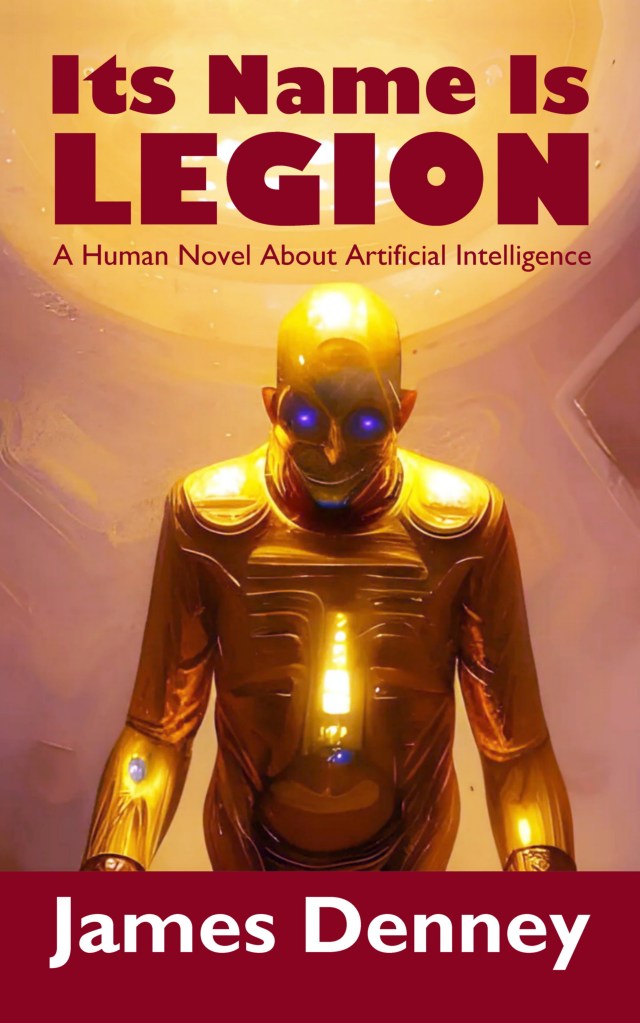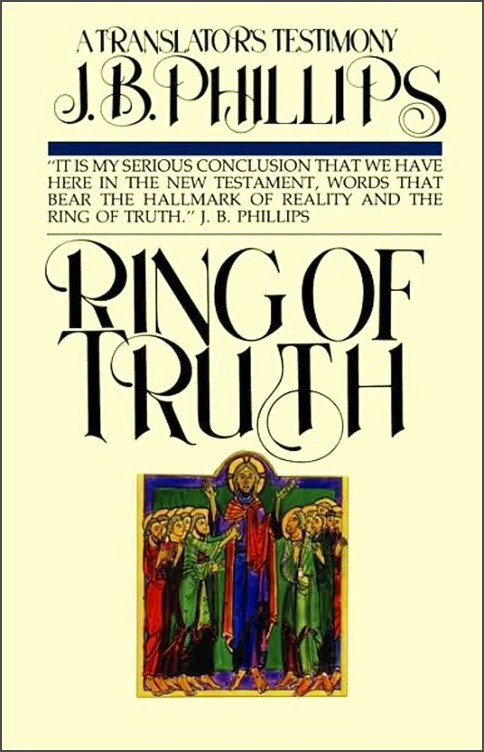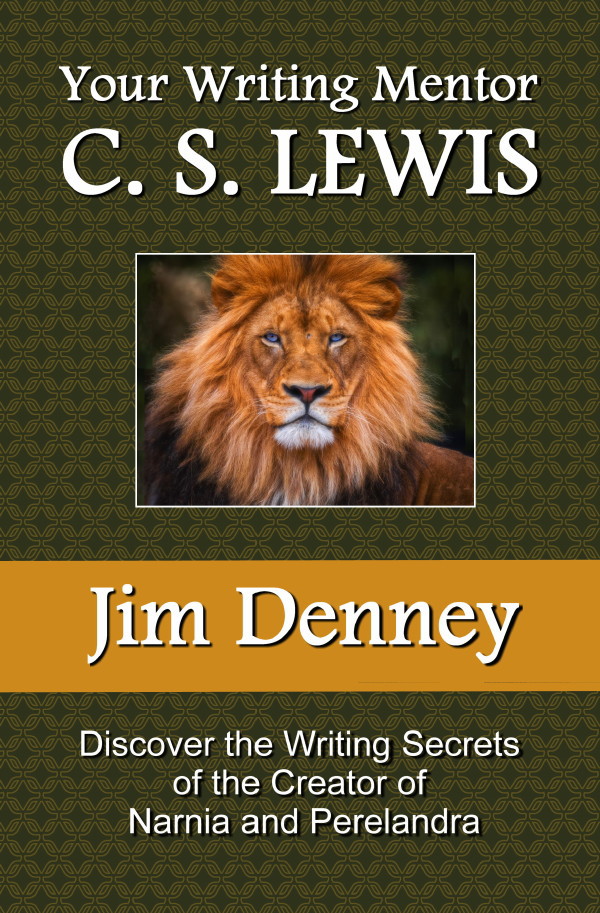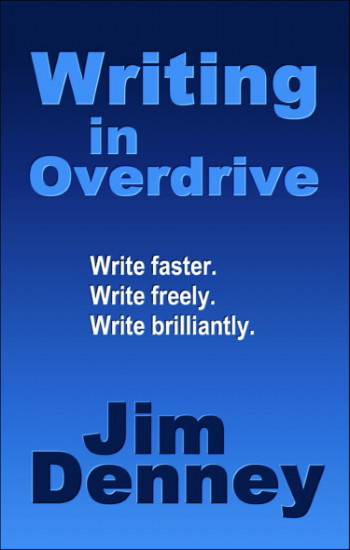by James Denney, author of Your Writing Mentor C. S. Lewis
My new novel, ITS NAME IS LEGION: A Human Novel about Artificial Intelligence reflects my growing concern about the risk that super-smart AI poses to the human race. Here’s how I came to write it:
I was discussing my concerns about AI with some novelist friends. One of them said she thought I had the a strong premise for a novel. At first, I didn’t think it was a novel-length idea. But the more I pondered the possibilities, the more it seized my imagination.
I began waking up before dawn, morning after morning, my mind churning with images, characters, and entire scenes. That’s a good sign. It means my unconscious mind (the part of us that Stephen King calls “the boys in the basement”) was already hard at work on the story.
On February 19, 2023, I woke up at 5:40 am and knew it was time to begin. I wrote 2,000 words that first day. From then on, the book just seemed to flow, day after day. I completed the first draft on March 25, 2023, exactly five weeks after I began.
I used to be an outliner. In other words, I liked everything plotted out in advance before I began that actual writing. But in recent years, I’ve been following the wise advice of Ray Bradbury: “I’ve never been in charge of my stories, they’ve always been in charge of me. . . . Jump off a cliff and build your wings on the way down.”
So with nothing but a few scenes and images in my imagination, I jumped off a cliff. I had no road map of the plot. I didn’t know how the book would end or who would be left alive when it was over.
Yet I was remarkably free of worry. I was confident that everything I needed would be there at the right time. And I wasn’t disappointed. I was “writing in overdrive,” so scenes and story ideas flowed freely. My enthusiasm never wavered. And when I was done, I was very happy with the result.
I don’t consider myself an expert on artificial intelligence by any means, but I started with a good layman’s understanding of the subject. I didn’t pause to do research, but plunged headlong into the story. I figured that, as long as I was laying down a good tale, I’d be able to fix any factual problems in rewrite. As it turned out, the research I did after completing the first draft generally confirmed the mechanics of the story.
For example, I discovered that the technology I had invented, which I called “the Dream Chamber” (a chamber that projects realistic three-dimensional illusions into the viewers’ eyes) is actually being developed right now. I intuitively believed that such a technology was possible—and my intuition was confirmed.
ITS NAME IS LEGION is a horror story and, I hope, a preventative novel. As Ray Bradbury once observed, “The function of science fiction is not only to predict the future, but also to prevent it.” This novel depicts a plausible future that I truly hope we can prevent.
It was an intense journey for me as the author—and I trust it will be an unsettling yet rewarding journey for you, the reader. When you’ve read it, let me know what you think. Or better yet, leave a rating or a review at Amazon.com.
Here are some excerpts from recent editorial reviews:
“ITS NAME IS LEGION by James Denney presents a thought-provoking and creatively woven cautionary narrative that addresses the perils associated with AI. … Denney undertakes a formidable endeavor in crafting a gripping novel . . . featuring a mere trio of characters. … Rapid pacing sustains a heightened sense of urgency. Denney’s implementation of real-time progression—the duration of events mirroring the time it takes to read the book—imparts a dynamic energy to the narrative. . . . Readers will find themselves captivated by the interplay of characters and ideas, making this work a notable addition to the realm of speculative fiction.”
—Literary Titan
“The descriptions of Legion’s demonic avatar are delightfully rude. . . . Genuine scenes of heart pounding tension. . . . Recommended.”
—Reedsy
“Inspired by his own interactions with an artificial intelligence system, Denney offers a disturbing vision of what we could expect if AI outgrew humanity. The novel is an exploration of the worst case scenario, a cautionary tale. . . . ITS NAME IS LEGION is a riveting reading experience.”
—Independent Book Review
“A gripping story . . . replete with high-octane action, drama, and [plot] twists. . . . More thought-provoking encounters, psychological depth, and moral and ethical considerations than most thrillers. . . . ITS NAME IS LEGION is a cautionary horror story that belongs in any library [of those who are] interested in themes of artificial intelligence in humanity’s future. Book clubs will find it holds fascinating debate material perfect for vigorous discussions. . . . Timely and riveting . . . a hypnotic story!”
—D. Donovan, Senior Reviewer, Midwest Book Review
ITS NAME IS LEGION: A Human Novel About Artificial Intelligence by James Denney
Paperback (with black-and-white illustrations)
Hardcover (with full-color illustrations)
Ebook (with full-color illustrations)
















